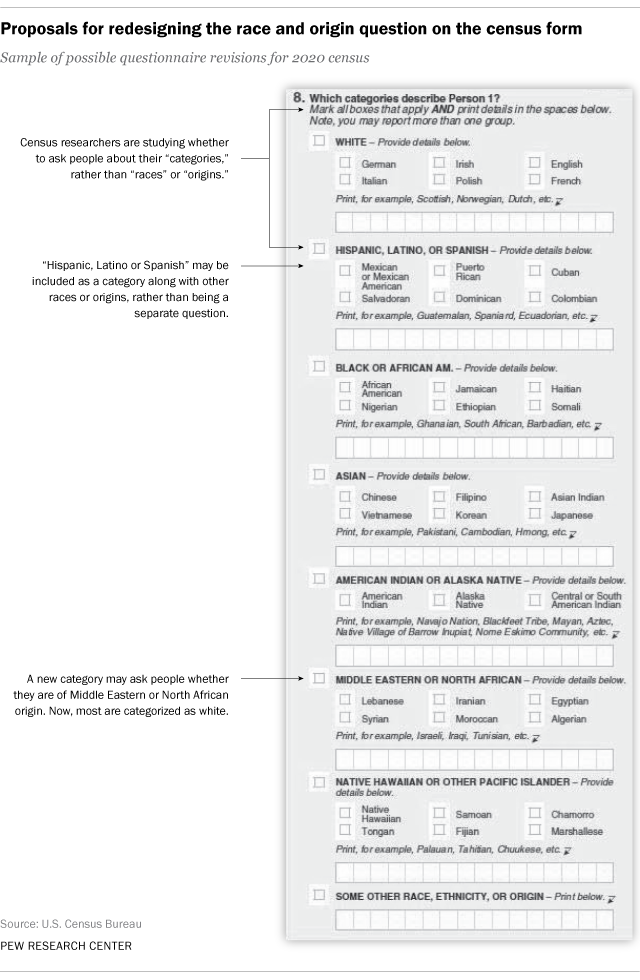The Dilemma of Interracial Marriage: The Boston NAACP and the National Equal Rights League, 1912–1927
Historical Journal of Massachusetts
Volume 44, Number 1, Winter 2016
Zebulon Miletsky, Professor of Africana Studies
Stony Brook University, State University of New York
On a wintry evening on February 1, 1843, a group of Boston’s African American citizens gathered in the vestry of the African Baptist Church nestled in the heart of Boston’s black community on the north slope of Beacon Hill. The measure they were there to discuss was a resolution to repeal the 1705 Massachusetts ban on interracial marriage. Led largely by white abolitionists, the group cautiously endorsed a campaign to lift the ban. Their somewhat reluctant support for this campaign acknowledged the complexity that the issue of interracial marriage posed to African American communities. In contrast, during the early twentieth century, black Bostonians attended mass meetings at which they vigorously campaigned against the resurgence of antimiscegenation laws led by the Boston branch of the National Association for the Advancement of Colored People (NAACP) and William Monroe Trotter’s National Equal Rights League (NERL). This change is indicative of both the evolution of thinking about the issue of interracial marriage and the dilemma that it had frequently represented for black Bostonians and their leaders.
Laws against interracial marriage were a national concern. In both 1913 and 1915 the U.S. House of Representatives passed laws to prohibit interracial marriage in Washington DC; however, each died in Senate subcommittees. In 1915 a Georgia Congressman introduced an inflammatory bill to amend the U.S. Constitution to prohibit interracial marriage. These efforts in the U.S. Congress to ban interracial marriage reflected widespread movements at the state level.
The 1913 bill (HR 5948) would have prohibited the “intermarriage of whites with negroes or Mongolians” in the District of Columbia and made intermarriage a felony with penalties up to $500 and/or two years in prison. The bill passed “in less than five minutes” with almost no debate, by a vote of 92–12. However, it was referred to a Senate committee and never reported out before the session expired. In 1915 an even more draconian bill was introduced (HR 1710). It increased penalties for intermarriage to $5,000 and/or five years in prison. The bill was first debated on January 11 and passed in the House of Representatives by a vote of 238–60. However, it too was referred to a Senate committee and never reported out. African Americans and their allies throughout the nation closely followed the passage of both bills and organized strong opposition, particularly to the 1915 bill. Most likely, their protests were key to the bill’s defeat in the Senate. As several authors have pointed out: Although a symbolic victory [the 1913 and 1915 passage by the U.S. House of Representatives], a federal antimiscegenation policy was not produced. The District of Columbia would continue to be a haven for interracial couples from the South who wished to marry. Indeed, Richard and Mildred Loving, the interracial couple who would be at the center of the Loving v. Virginia (1967) Supreme Court case that struck down state-level anti-miscegenation laws, were married in the District of Columbia in 1958. Although the bill to ban interracial marriage in Washington, DC, was successfully defeated, by 1920 thirty states had anti-miscegenation laws on their books. (The term “miscegenation” was coined in 1863 and was derived from the Latin word miscere, meaning “to mix.”) As late as 1967, when the Supreme Court declared anti-miscegenation laws unconstitutional in the aptly named Loving v. Virginia decision, sixteen states still enforced them.
This article examines the political struggle over the issue of interracial marriage and the dilemma it posed for the Boston branch of the NAACP, as well as the national organization. The NAACP and its Boston chapter constituted the principal opposition to these efforts. The author examines the struggle to defeat similar bills that would have criminalized intermarriage in Massachusetts in 1913 and a second attempt in 1927.




